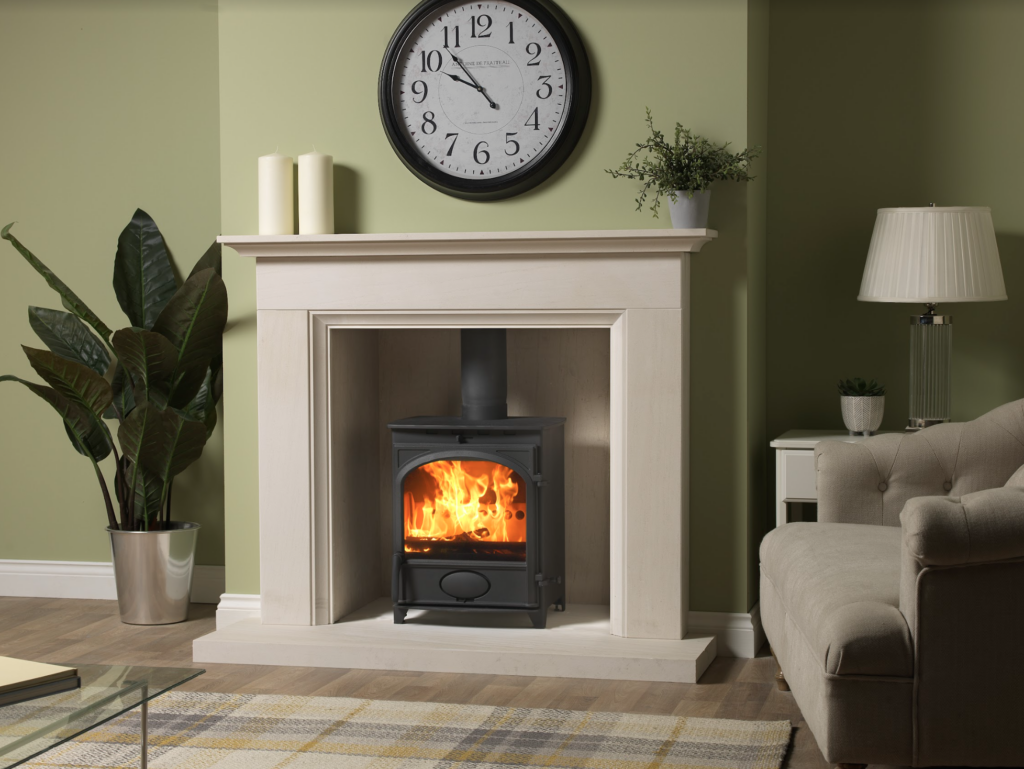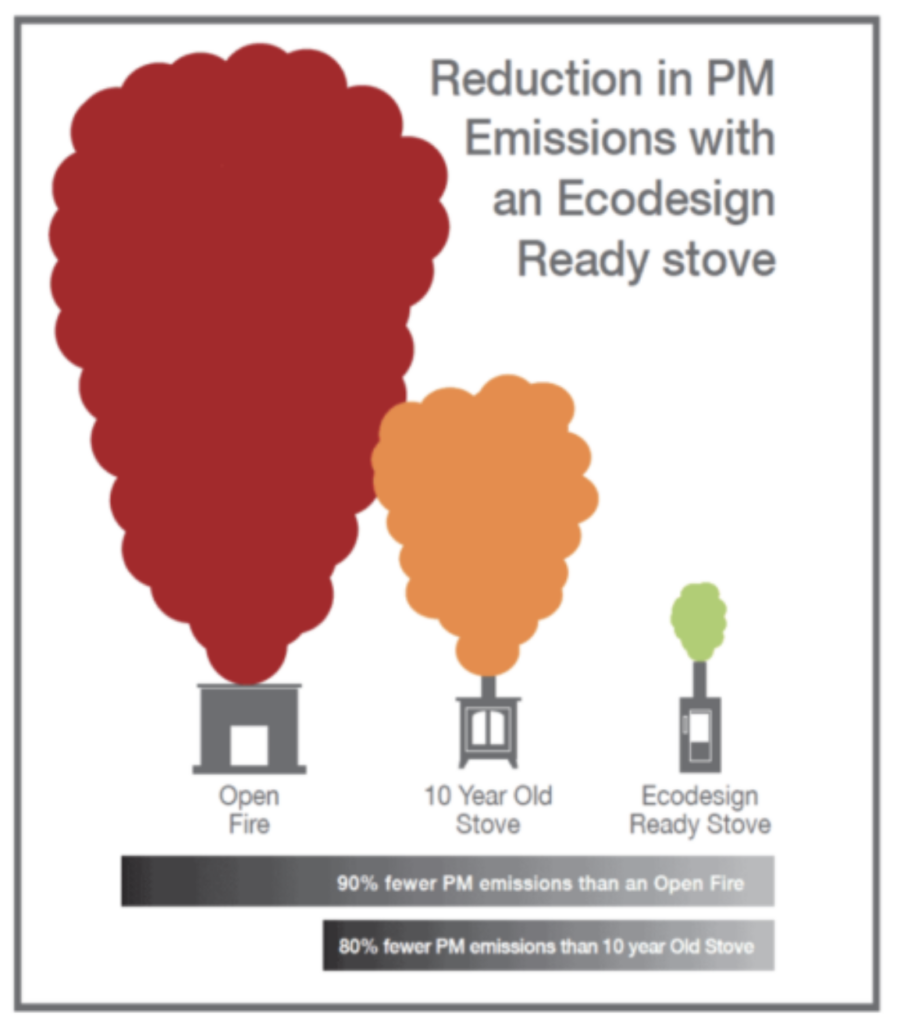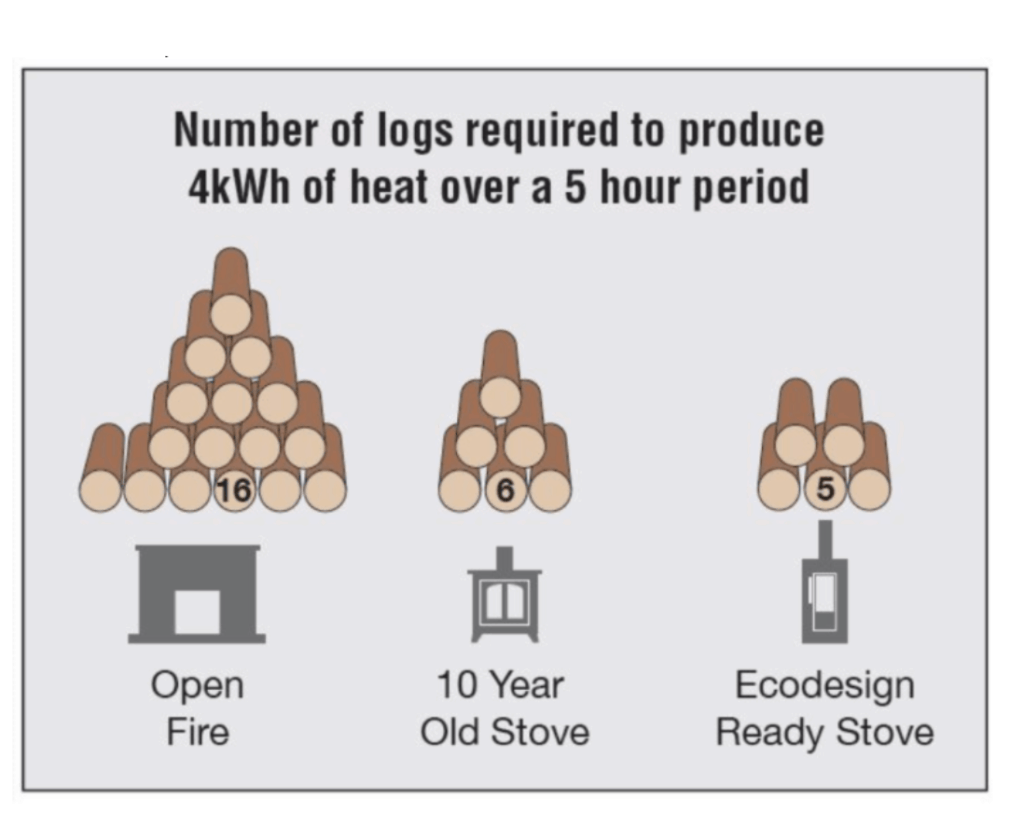If you have oil-fired central heating in your home, the conflict between Israel and Iran could have serious implications on how much you pay for your heating oil. Here is why…
On Friday 12th April the cost of Brent Crude oil rose to a six-month high of 92.18 USD. This was in response to the impending threat of attack coming from Iran. Iran did indeed attack Israel the following day with numerous missiles and drones. However, almost all of these were destroyed mid-air. This has led many to conclude this attack did not represent the start of a direct conflict between the two nations. As a result, prices fell again on Monday, 15th April, to 89.64 USD.
The issue now is if Israel retaliates…
An escalation could have a damaging impact on oil prices if Iran decides to disrupt the shipping through the Strait of Hormuz. This is a narrow ocean waterway off Iran’s southern border, where over 25% of the global maritime oil flows each day. Such restrictions would have a huge impact on supply. Such a situation would inevitably push oil prices up. This would very quickly be passed to the end customer – those who need petrol and diesel to fuel their car and those who rely on oil for heating.
Being subject to situations and events outside one’s control is one of many reasons driving the record sales of wood-burning stoves over the last two years. The invasion of Ukraine in 2022 had a huge impact on gas and oil prices, making off-grid heating, such as wood-burning stoves, so appealing. In 2024 we see a potentially similar situation. Luckily, we are entering the warmer months, so the demand for heating is lower. However, there is no guarantee prices, if they were to spike, would have come down come the autumn, when many people buy oil for the winter months.
Wood-Burning Reliance
In 2015, the government found that around 7.5% of people in the UK burned wood to keep warm, and a tiny 2.3% of people used wood as their sole heating source. Fast forward nine years and a cost of living crisis, this figure has significantly increased. It could further increase if oil prices spike.
Despite the misinformation being thrown around in the media about wood-burning stoves, they are incredibly environmentally friendly, provided you’re using an Ecodesign stove and burn correctly seasoned wood. Statements such as “Stoves are 750 times more polluting than an HGV” mislead people and prevent them from making a fair and informed choice around their primary or supplementary heating source. You can read more about the confused thinking around this HGV comparison here.

So, is burning wood cheaper than using oil central heating?
It really depends on several things, aside from cost – has an Ecodesign stove already been fitted? Does the stove’s operator use seasoned wood? What about the size of the stove compared to the house size? The main difference between a stove and (oil and gas) central heating is that a stove will usually only heat one room, so you won’t be heating rooms you’re not in. It’s perhaps a little misleading to give a direct yes or no to this answer.
Here’s why…
If you have a large stove and a small home, you could possibly use it to heat air space that could pass around other rooms. However, this is unlikely as you would usually only have a stove designed to heat the room it’s located in. Some people use wood-burning stoves to heat water to warm an entire house, like a gas or oil boiler – although this is not very common. Consider this, though: logs are one of the cheapest heating sources and almost as cheap as heating oil.
Almost….
However, if the cost of oil spikes – it has risen to 159p in March 2022 from a low of just 20p in April 2020, then you will suddenly see a huge increase in heating costs. With wood, you simply do not see these huge market fluctuations, and if you source your own firewood, you’re nicely insulated from prices, full stop.
As logs are a cheaper energy source, a stove can certainly supplement your oil central heating if prices surge. According to the Energy Saving Trust, you can save £80 a year for every 1C reduction in thermostat temperature. With the low cost of burning wood, you could turn your thermostat right down and use a wood-burning stove to help maintain a comfortable room temperature. The rest of the house you’re not in will still have some degree of warmth, perhaps not enough to relax in during the evening, but warm enough when you go up to bed.
If oil prices surge – this is a tactic you can easily employ if you own a wood-burning stove.
Why Ecodesign?
Burning wood is not created equal. Making sure you burn wood on an Ecodesign stove will reduce emissions, as the diagram below shows.

Furthermore, burning wood on an Ecodesign stove requires fewer logs than an open fire or old non-Ecodesign stove.

By being open to ideas around heating your home, you can save money and be more environmentally focused. The sale of wood-burning stoves has increased significantly. The possible increase in the cost of oil may just be another reason to consider wood.
View our full range of stoves here.








